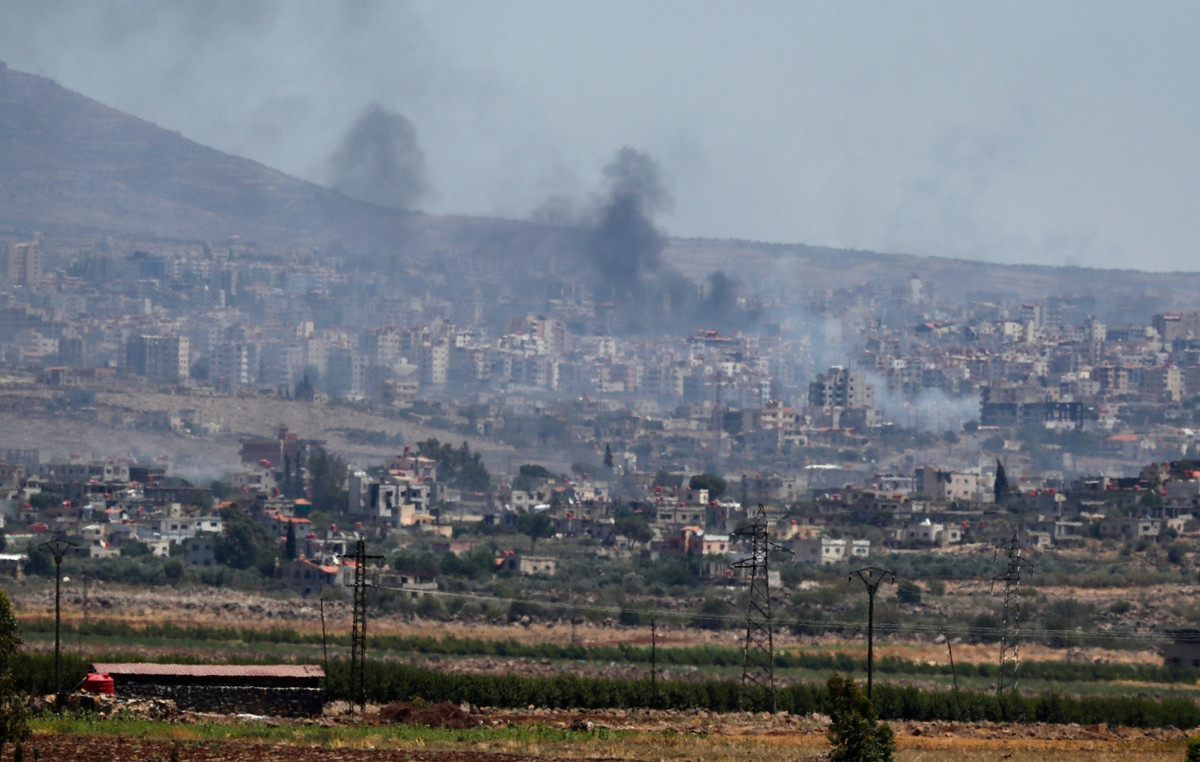An operation by the Rio Civil Police against a company that sold meat unfit for consumption arrested four people on Wednesday (22). The food was submerged in the floods that hit Rio Grande do Sul, in April 2024, and left more than 200 people dead.
The delegate responsible for the case, Wellington Pereira, stated that according to investigations, the establishment’s partners acquired 800 tons of spoiled beef (prime cuts), which was submerged in the floods that hit Porto Alegre. According to him, the material was “made up” for resale.
In an interview with CNN the public health doctor and professor at FGV, Walter Cintra, the health risk of consuming meat that was submerged in the flood and not adequately refrigerated is high.
“This meat should have been discarded, in fact, with health surveillance control. The destination of this type of product must be registered to ensure that it was discarded correctly and not used for food”, says Cintra.
“It is serious because food poisoning, depending on the degree of intoxication and depending on the person, can be serious and even lead to death”, he adds. The risk of serious reactions to the consumption of spoiled meat is greater in children, the elderly and immunosuppressed people. “When you get an infection, from contaminated meat, you can have a serious infection with consequences ranging from diarrhea and gastric upset, to death,” he says.
Consumption of contaminated meat can lead to food poisoning and infection
Food poisoning is a condition caused by the consumption of contaminated food and causes symptoms such as diarrhea and vomiting, as well as dehydration. Contamination can occur for different reasons, such as poor food hygiene or incorrect handling when preparing these ingredients. It can also occur due to the presence of natural toxins, produced by bacteria and fungi, or chemical products.
Foodborne infections occur when food contaminated by microorganisms such as bacteria is ingested. Vibrio parahaemolyticus, Campylobacter jejuni and Listeria monocytogenesas defined by Virtual Health Libraryfrom the Ministry of Health.
Bacterial infection occurs when there is contact of microorganisms that are harmful to human health with water or food, either directly or cross-contact — when the bacteria is carried from one food to another, by insects or through contact between different ingredients during the preparation.
According to the Ministry of Health, the main agents responsible for food poisoning and infection include Escherichia coli (E. coli), the salmonella, Clostridium botulinum (causes botulism), Staphylococcus aureus and the Bacillus cereus.
Symptoms of food poisoning include:
- fever;
- diarrhea;
- lack of appetite;
- nausea and vomiting;
- abdominal pains.
The diagnosis is made through analysis of symptoms, in addition to laboratory tests, such as stool tests. It is also possible to perform blood and urine tests. The indication may vary depending on the clinical picture and the hypotheses raised by the doctor after evaluating the patient.
Treatment includes medications to reduce symptoms, rest and intense hydration — intravenously, orally or intravenously.
*With information from Rafaela Cascardo, from CNN
More than 3,000 toxins from food manufacturing contaminate the body
This content was originally published in What are the health risks of eating contaminated meat? on the CNN Brasil website.
Source: CNN Brasil
I am an experienced journalist and writer with a career in the news industry. My focus is on covering Top News stories for World Stock Market, where I provide comprehensive analysis and commentary on markets around the world. I have expertise in writing both long-form articles and shorter pieces that deliver timely, relevant updates to readers.







